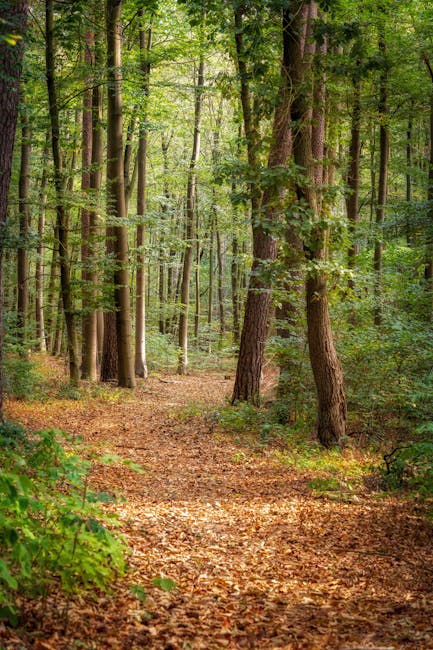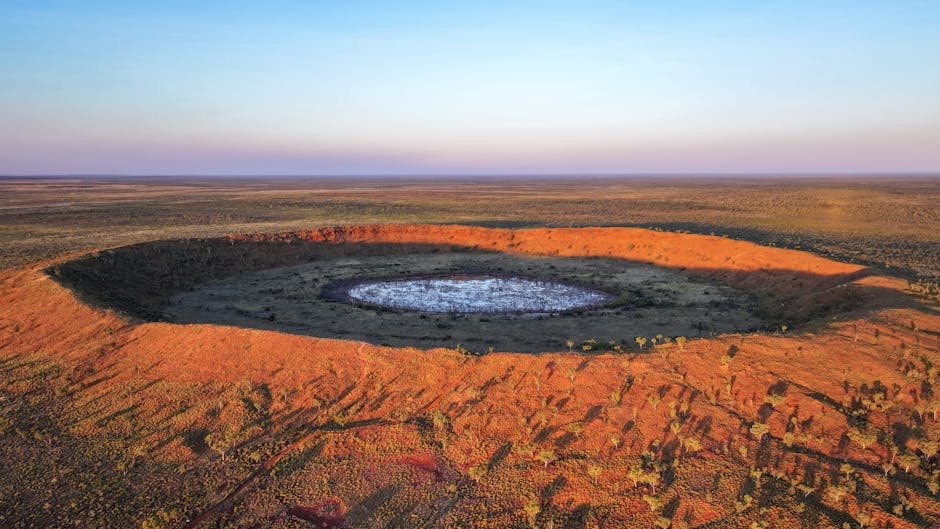-
Table of Contents
Mushrooms are often a source of confusion when it comes to categorizing them within the biological kingdom. While they may share some characteristics with plants, such as growing in soil and being stationary, mushrooms are actually classified as fungi. Unlike plants, which produce their own food through photosynthesis, mushrooms obtain nutrients by decomposing organic matter. This unique mode of nutrition, along with their cellular structure and reproductive methods, distinguishes fungi from both plants and animals, placing them in a separate kingdom altogether. Understanding this classification helps clarify the ecological role mushrooms play in their environments.
The Biological Classification of Mushrooms

Mushrooms are fascinating organisms that often spark curiosity about their classification in the natural world. While they may share some characteristics with both plants and animals, mushrooms belong to a unique kingdom known as Fungi. This classification sets them apart from the more familiar kingdoms of Plantae and Animalia, highlighting the distinct biological features that define fungi. To understand why mushrooms are classified this way, it’s essential to explore their characteristics and the role they play in ecosystems.
First and foremost, mushrooms lack the chlorophyll that plants use to photosynthesize. This absence of chlorophyll means that mushrooms cannot produce their own food through sunlight, a hallmark of plant life. Instead, they obtain nutrients through a process called absorption. Fungi, including mushrooms, break down organic matter in their environment, such as decaying leaves, wood, and even dead animals. This decomposition process is vital for nutrient cycling in ecosystems, as it helps return essential elements to the soil, promoting plant growth and maintaining ecological balance.
Moreover, the structure of mushrooms further distinguishes them from both plants and animals. The visible part of a mushroom, often referred to as the fruiting body, is just a small portion of a much larger organism. Beneath the surface, mushrooms are composed of a network of thread-like structures called hyphae, which collectively form a mycelium. This mycelium can spread over vast areas, often hidden from view, and plays a crucial role in nutrient absorption and decomposition. In contrast, plants have roots, stems, and leaves, while animals possess complex organ systems, making the fungal structure unique and specialized for its ecological role.
In addition to their distinct structure and nutritional methods, mushrooms also reproduce differently than plants and animals. While plants typically reproduce through seeds and animals through various reproductive strategies, fungi reproduce via spores. These spores are often microscopic and can be dispersed by wind, water, or animals, allowing mushrooms to colonize new environments effectively. This reproductive strategy contributes to the incredible diversity of fungi, with thousands of mushroom species identified worldwide, each adapted to specific habitats and conditions.
Furthermore, the relationship between mushrooms and other organisms is another aspect that showcases their unique classification. Many mushrooms form symbiotic relationships with plants through mycorrhizal associations, where the mycelium connects with plant roots. This partnership benefits both parties: the mushroom receives carbohydrates from the plant, while the plant gains enhanced access to water and nutrients from the soil. Such interactions highlight the integral role mushrooms play in supporting plant health and promoting biodiversity
Fungi vs. Plants: Understanding the Differences
When we think about the natural world, we often categorize living organisms into neat groups, primarily plants and animals. However, there exists a fascinating kingdom that defies these traditional classifications: fungi. This intriguing group includes mushrooms, yeasts, and molds, and understanding the differences between fungi and plants can illuminate the unique characteristics that set them apart.
To begin with, fungi and plants belong to entirely different biological kingdoms. While plants are classified under the kingdom Plantae, fungi fall under the kingdom Fungi. This distinction is significant because it highlights the fundamental differences in their cellular structures and life processes. For instance, plant cells contain chloroplasts, which allow them to perform photosynthesis—a process that converts sunlight into energy. In contrast, fungi lack chloroplasts and do not engage in photosynthesis. Instead, they obtain their nutrients through absorption, breaking down organic matter in their environment. This method of nutrient acquisition is one of the key factors that differentiate fungi from plants.
Moreover, the cellular composition of fungi is distinct from that of plants. Fungi have cell walls made of chitin, a tough substance also found in the exoskeletons of insects, while plant cell walls are primarily composed of cellulose. This difference in composition not only affects their structure but also their growth and reproduction. Fungi reproduce through spores, which can be dispersed by wind, water, or animals, allowing them to colonize new environments efficiently. In contrast, plants typically reproduce through seeds or vegetative means, such as cuttings or runners.
Another fascinating aspect of fungi is their role in ecosystems. While plants are often seen as the primary producers, converting sunlight into energy and forming the base of food chains, fungi play a crucial role as decomposers. They break down dead organic material, recycling nutrients back into the soil and making them available for plants to use. This symbiotic relationship is vital for maintaining healthy ecosystems, as it ensures that nutrients are continuously cycled through the environment. In fact, many plants form mutualistic relationships with fungi, known as mycorrhizae, where both organisms benefit. The fungi help the plants absorb water and nutrients from the soil, while the plants provide the fungi with carbohydrates produced through photosynthesis.
In addition to their ecological importance, fungi have also been a source of fascination for humans throughout history. From culinary delights like truffles and shiitake mushrooms to medicinal applications such as penicillin, fungi have proven to be incredibly versatile and beneficial. Their unique properties have led to
The Role of Mushrooms in Ecosystems: More Than Just Food
Mushrooms, often celebrated for their culinary versatility and unique flavors, play a much more significant role in ecosystems than many people realize. While they may not fit neatly into the categories of plants or animals, their contributions to the environment are both fascinating and essential. As decomposers, mushrooms break down organic matter, recycling nutrients back into the soil. This process is vital for maintaining healthy ecosystems, as it ensures that nutrients are available for other organisms, including plants. Without mushrooms and their fungal relatives, the world would be overwhelmed with dead plant and animal material, leading to a buildup of waste that could disrupt the balance of nature.
In addition to their role as decomposers, mushrooms form symbiotic relationships with many plants through a process known as mycorrhiza. This partnership is a remarkable example of cooperation in nature. The mycelium, which is the vegetative part of the fungus, extends its network through the soil, connecting with plant roots. In this mutually beneficial relationship, mushrooms provide plants with essential nutrients, such as phosphorus and nitrogen, while plants supply the fungi with carbohydrates produced through photosynthesis. This collaboration not only enhances plant growth but also improves soil structure and health, promoting a thriving ecosystem.
Moreover, mushrooms are crucial players in the food web. They serve as a food source for various organisms, including insects, small mammals, and even larger animals. This makes them an integral part of the diet for many species, contributing to biodiversity. The presence of mushrooms in an ecosystem can indicate a healthy environment, as they often thrive in areas rich in organic matter and moisture. Their ability to adapt to different habitats, from forests to grasslands, showcases their resilience and importance in various ecological contexts.
Furthermore, mushrooms contribute to the regulation of ecosystems by influencing soil composition and moisture levels. Their mycelial networks help retain water in the soil, which is particularly beneficial during dry periods. This moisture retention not only supports plant life but also aids in preventing soil erosion, thereby maintaining the integrity of the landscape. As such, mushrooms play a vital role in sustaining the ecosystems they inhabit, ensuring that they remain vibrant and productive.
Interestingly, mushrooms also have a unique ability to break down pollutants, making them valuable allies in environmental conservation efforts. Certain species of fungi can degrade toxic substances, such as petroleum products and heavy metals, through a process known as bioremediation. This remarkable capability highlights the potential of mushrooms in addressing environmental challenges, showcasing their importance beyond their ecological roles.
In conclusion, mushrooms
Q&A
1. **Are mushrooms classified as plants?**
No, mushrooms are not classified as plants; they belong to the kingdom Fungi.
2. **Do mushrooms share characteristics with animals?**
While mushrooms are not animals, they share some characteristics with them, such as being heterotrophic (obtaining nutrients by consuming organic matter).
3. **What distinguishes mushrooms from both plants and animals?**
Mushrooms have a unique cellular structure with chitin in their cell walls, unlike plants (which have cellulose) and animals (which lack cell walls).Mushrooms are neither plants nor animals; they belong to the kingdom Fungi. Unlike plants, they do not perform photosynthesis and have a different cellular structure, including chitin in their cell walls. Fungi are more closely related to animals than to plants in terms of evolutionary biology.



















